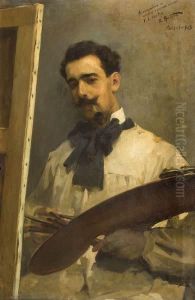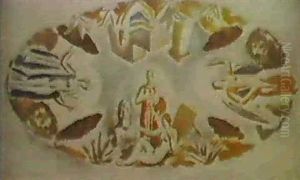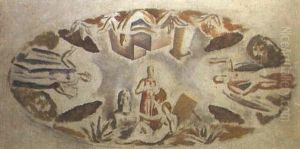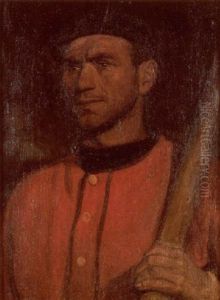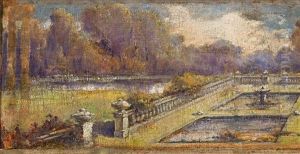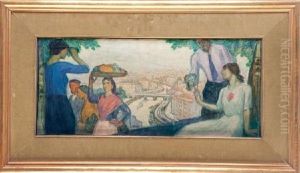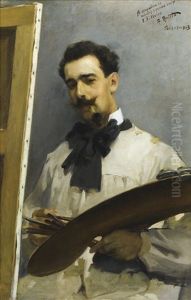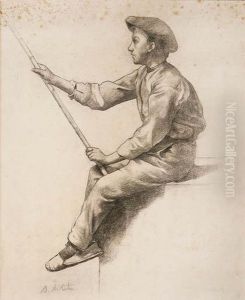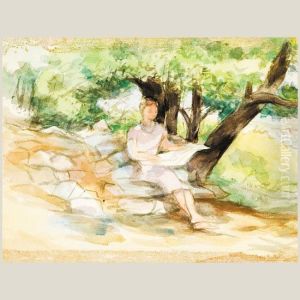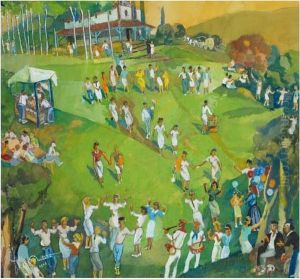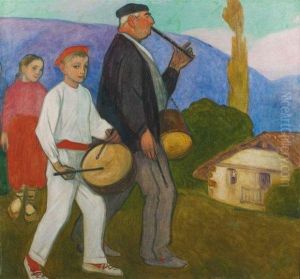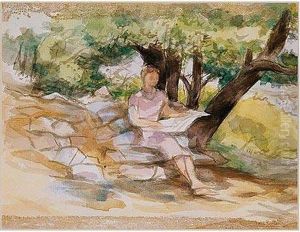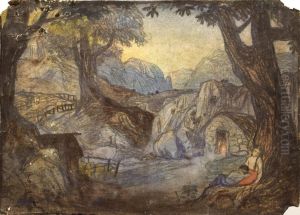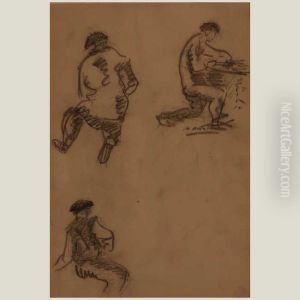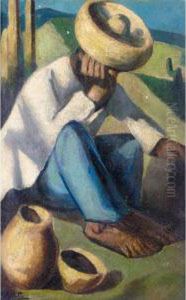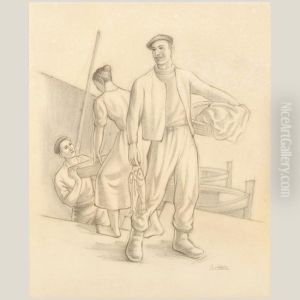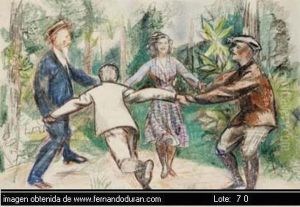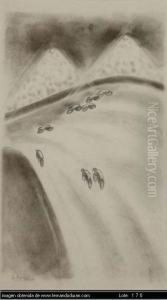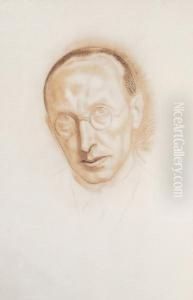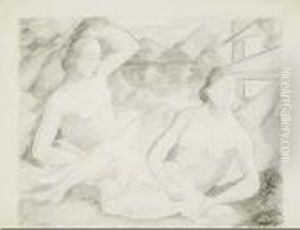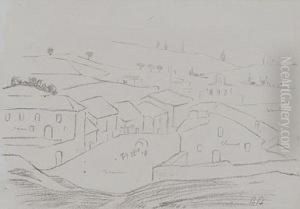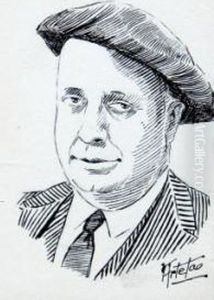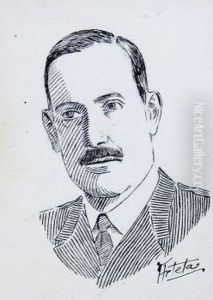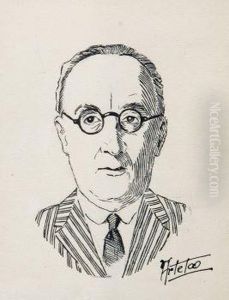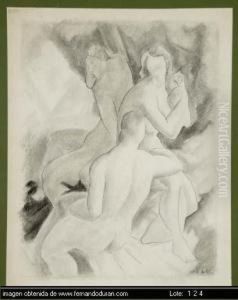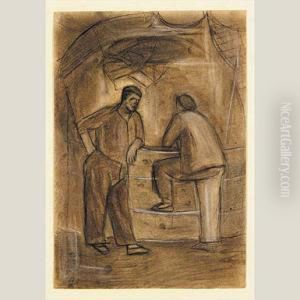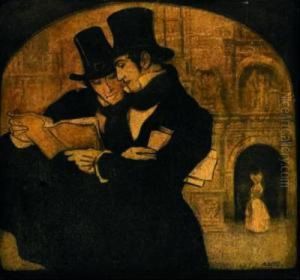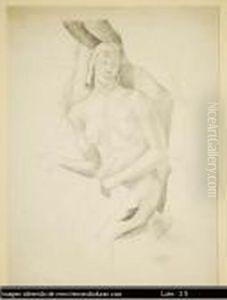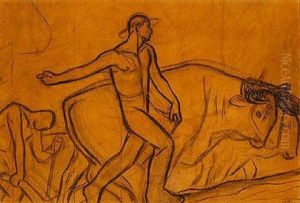Aurelio Arteta Paintings
Aurelio Arteta, a significant Spanish painter, was born on February 9, 1879, in Bilbao, Biscay, in the Basque region of Spain. His artistic journey began in his hometown, but his quest for broader artistic horizons soon led him to study in Madrid and later in Paris and Rome, cities that were central to the art world at the turn of the 20th century. These experiences enriched Arteta's artistic vocabulary, allowing him to absorb various influences, including those of the Symbolist and Impressionist movements, which were then at their zenith in Europe. Despite these influences, Arteta's work remained deeply rooted in the traditions and landscapes of his Basque homeland, which he depicted with a unique blend of realism and emotion.
Throughout his career, Arteta was known for his masterful depiction of scenes from everyday life, landscapes, and historical events, particularly those that resonated with the Basque people's cultural identity. His paintings often reflect a deep sense of regional pride and a profound connection to the land. In addition to his landscapes and genre scenes, Arteta also made significant contributions to religious art and portraiture, showcasing his versatility as an artist.
Arteta's artistic contributions extended beyond painting. He was involved in the design of stained glass windows and murals, the latter of which became particularly controversial during the political upheavals of the 1930s in Spain. His commitment to integrating art with social and political themes is evident in his murals for the Basque Government's pavilion at the 1937 Paris International Exposition, which were unfortunately destroyed during the Spanish Civil War.
The Spanish Civil War (1936-1939) marked a turning point in Arteta's life and career. The conflict and its aftermath deeply affected him, both personally and professionally. Like many intellectuals and artists of the time, Arteta found himself in a precarious position due to his political beliefs and affiliations. In 1939, following the Nationalist victory, he was forced into exile, settling in Mexico, where he continued to work until his death on December 10, 1940.
Aurelio Arteta's legacy is that of a painter who captured the essence of Basque identity and the broader human condition through his art. Despite the challenges he faced, including exile, his work remains a testament to the enduring power of regional culture and the universal language of art. Today, his paintings are celebrated in Spain and internationally, offering insights into the early 20th-century artistic movements and the tumultuous historical period through which he lived.
